Drs. Lizhi Pan and Dustin Crouch, current and former postdoctoral researchers in Dr. Helen Huang’s CLEAR Core, respectively, have co-authored a paper that describes new technology that can be used to better control hand prosthetics. The technology is based on computer models that closely mimic the natural structures and movements of the distal arm, including forearm, wrist, and hand. Dr. Huang, senior author on the paper, clarifies this new and exciting breakthrough: “[the current prosthetic learning process] can be both tedious and time-consuming. By incorporating our knowledge of biological processes behind generating movement, we were able to produce a novel neural interface for prosthetics that is generic to multiple users and is reliable across different arm postures.” The work has been highlighted by both NC State News and UNC Health Care News.
Although the technology is years away from commercial production, the team is working hard to further develop their novel approach. As such, they are currently seeking volunteers who have transradial amputations to help with further testing of the model.


